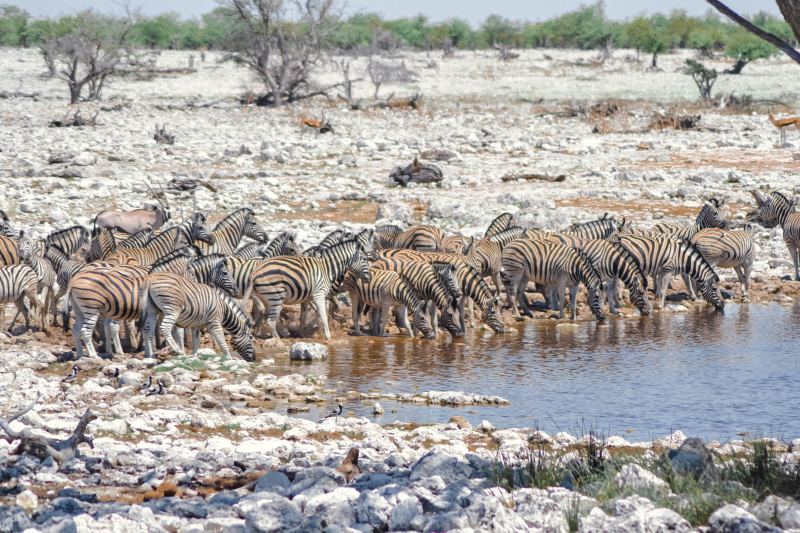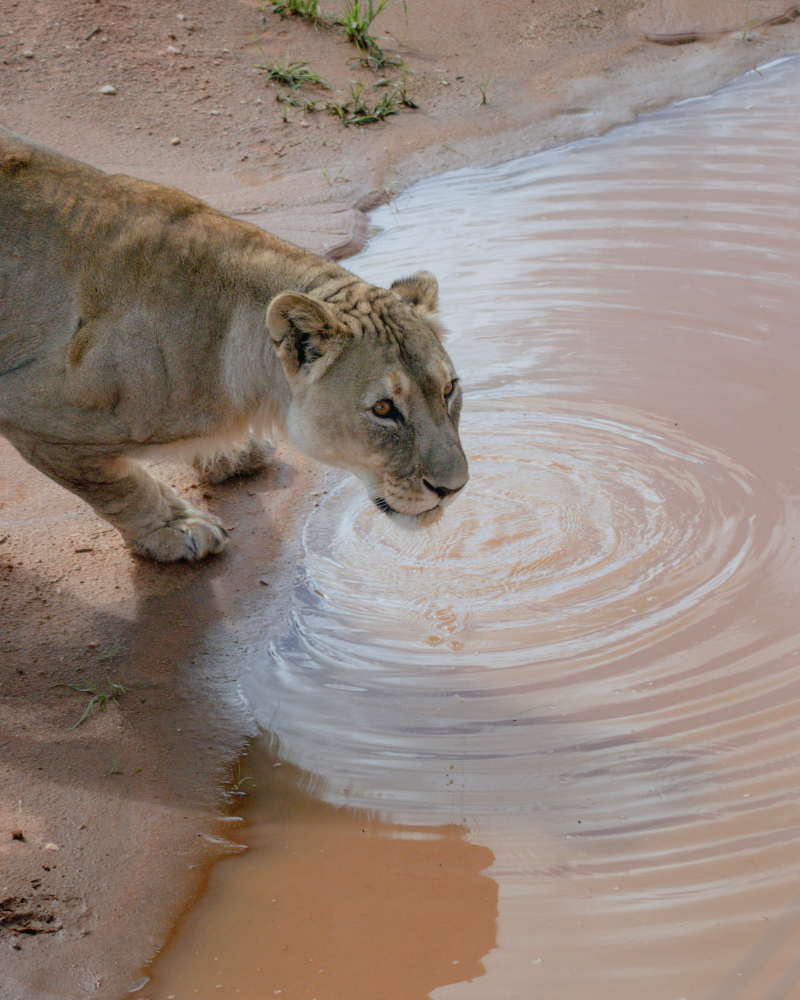Water Shortage
As said above, Namibia is the driest country in sub-Saharan Africa, so it is clear that water shortage is one of the major reasons behind this country's sparse population. Namibia depends largely on groundwater, to be exact, 80% of the water used for the country's mining, agriculture, and tourism is supplied from groundwater. Surface water is only accessible in the interior of the nation during the summer when rivers are overflowing from unusually heavy rains. Apart from a few big storage dams that hold back and dam up these seasonal floods and their runoff, surface water is very limited.
The only perennial rivers are found on the national borders with South Africa, Angola, Zambia, and the short border with Botswana in the Caprivi. The Caprivi in the northeast receives the most rainfall, over 600 mm (24 in) per year, and rainfall towards the coast can be as low as 50 mm (2 in) per year or less. The average annual rainfall is about 350 mm (14 in). To solve the country's water shortage problem, more than 100,000 boreholes have been drilled in Namibia over the past century. However, more than 30% of them have been drilled dry, making it extremely hard for people to live outside of the most populated part of Namibia.







